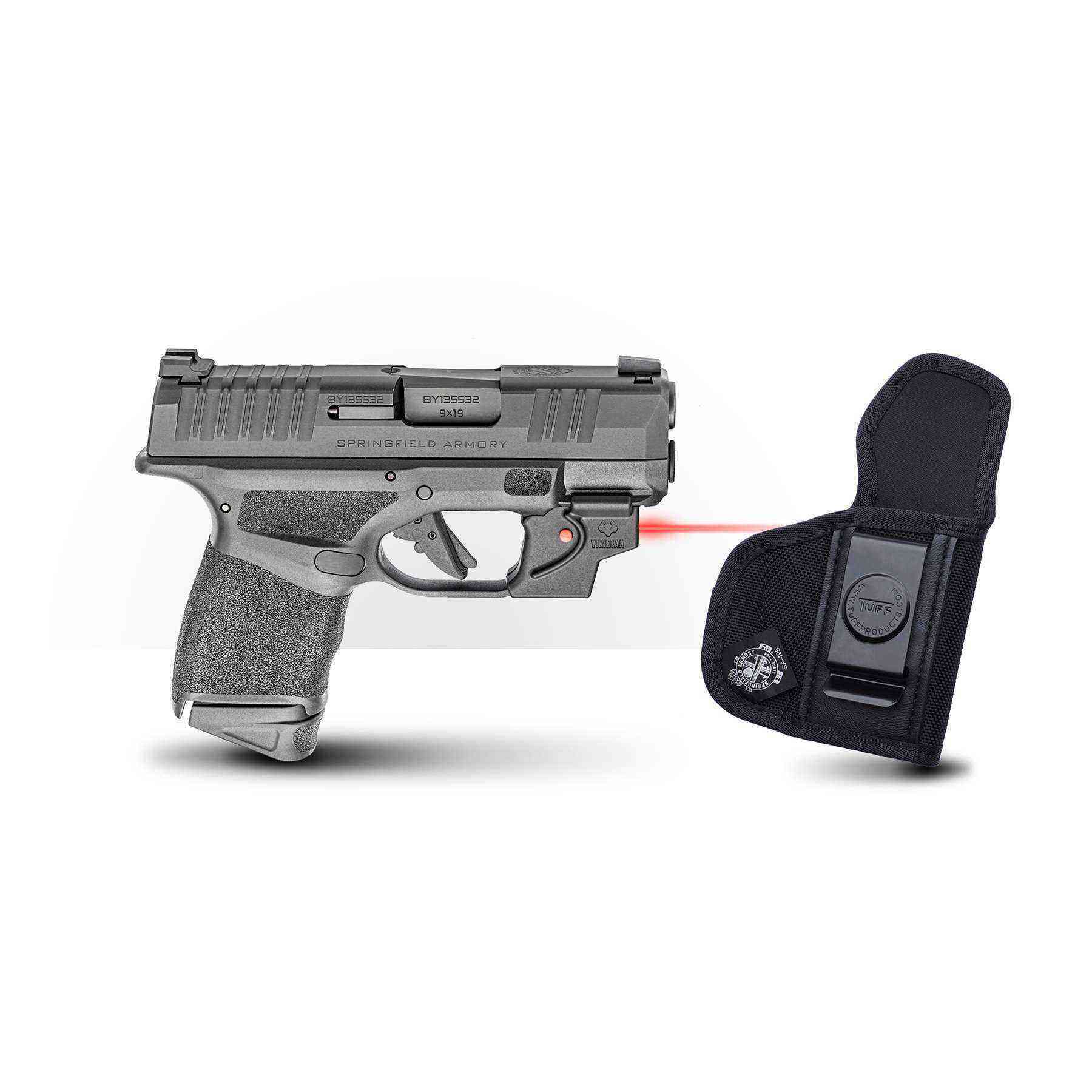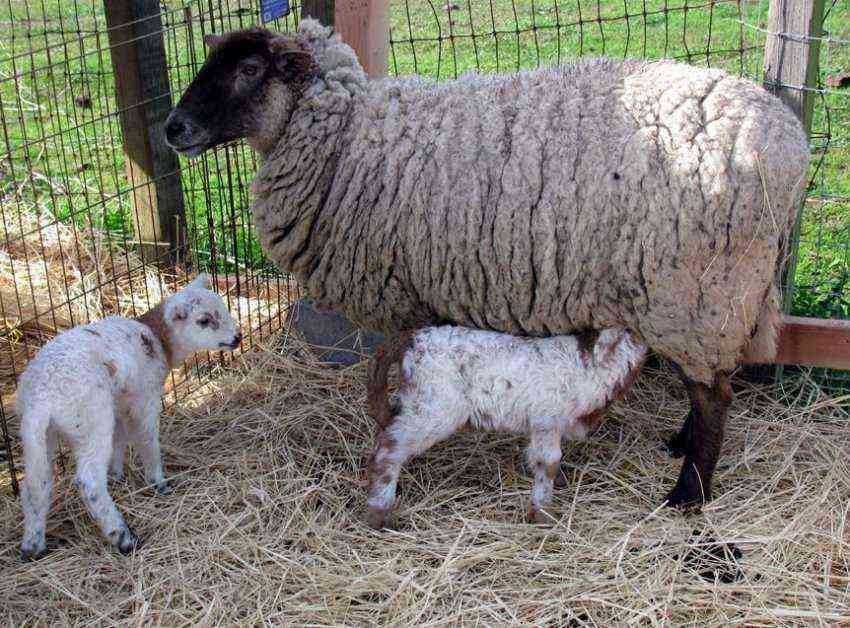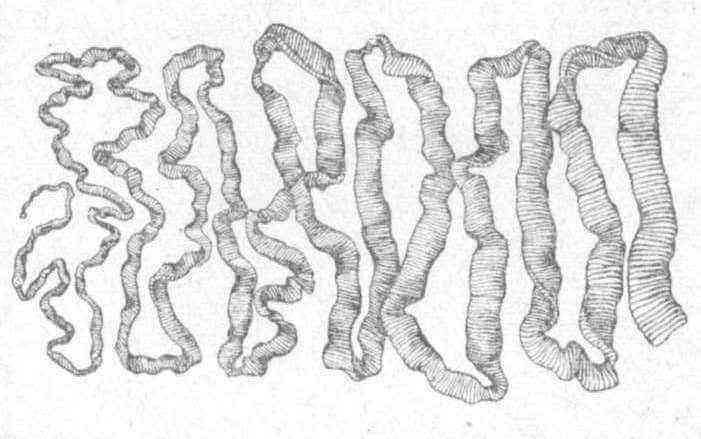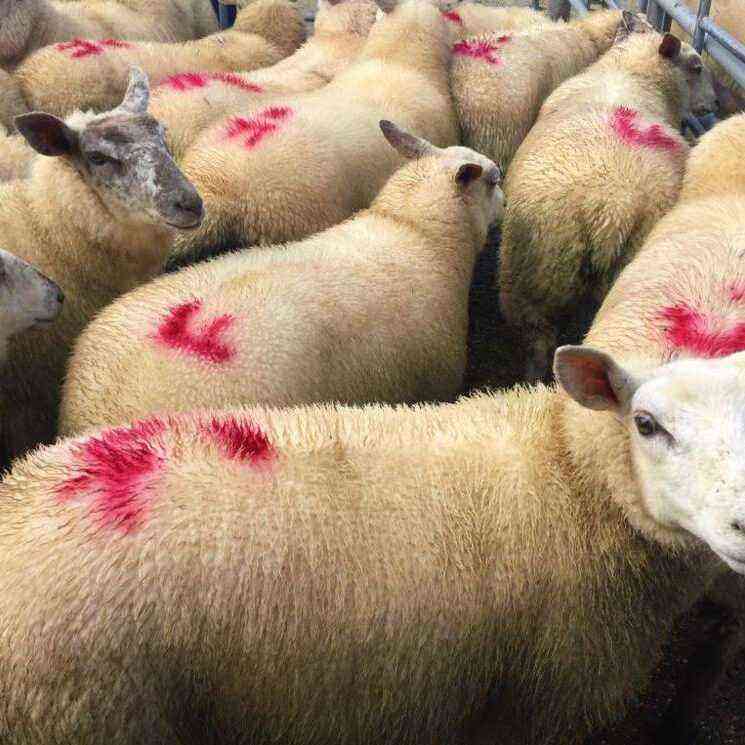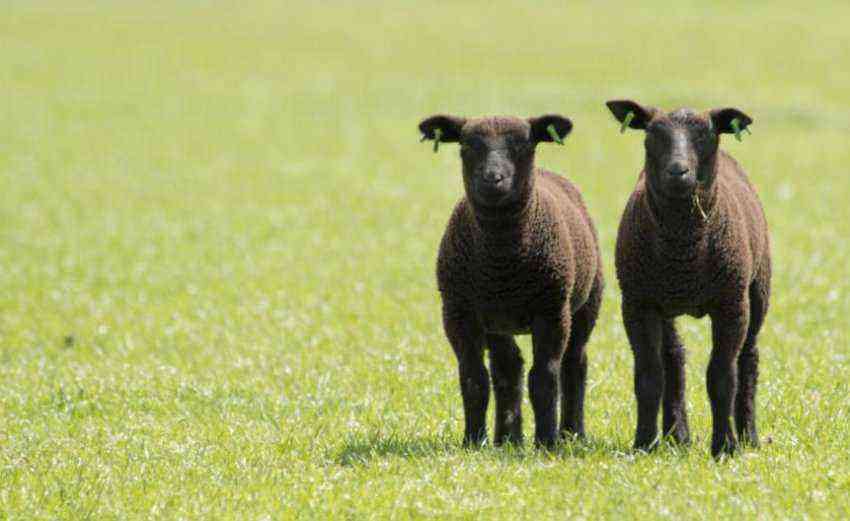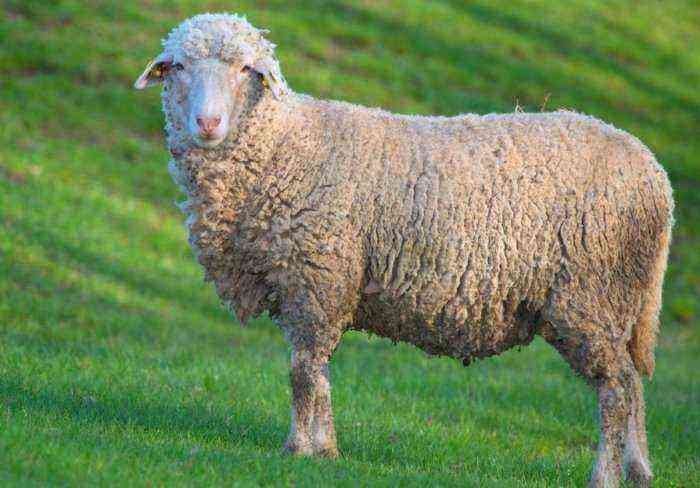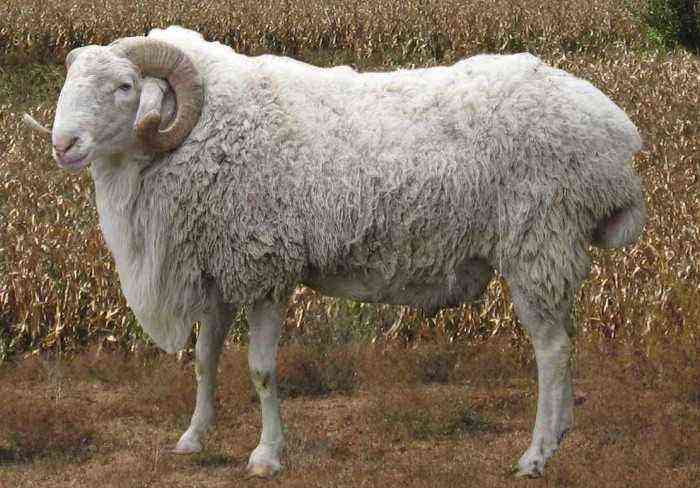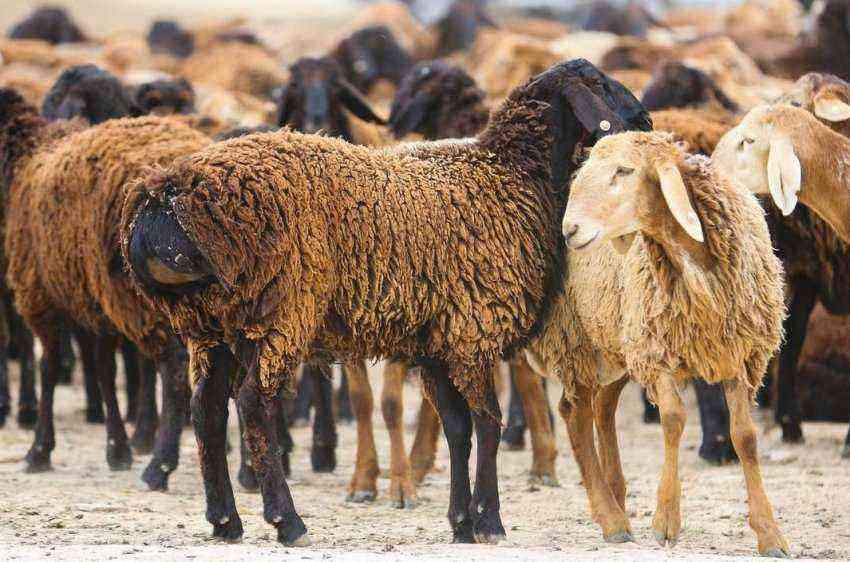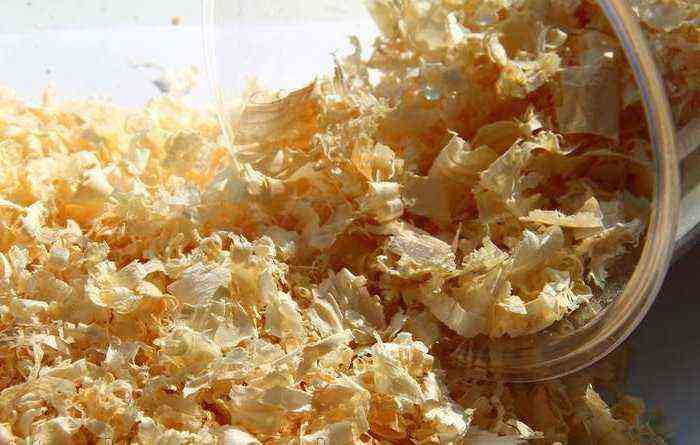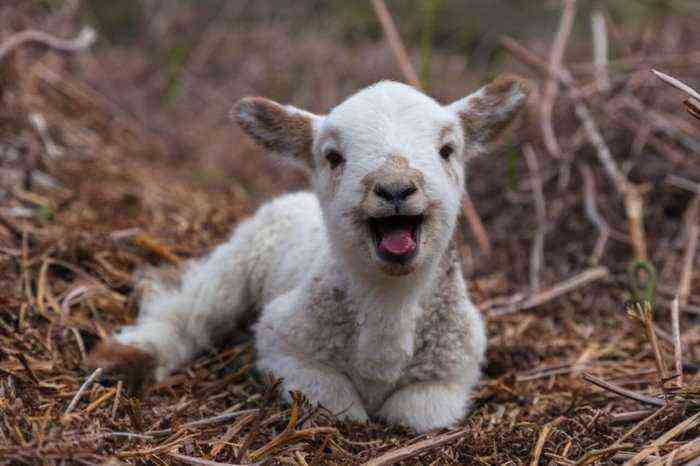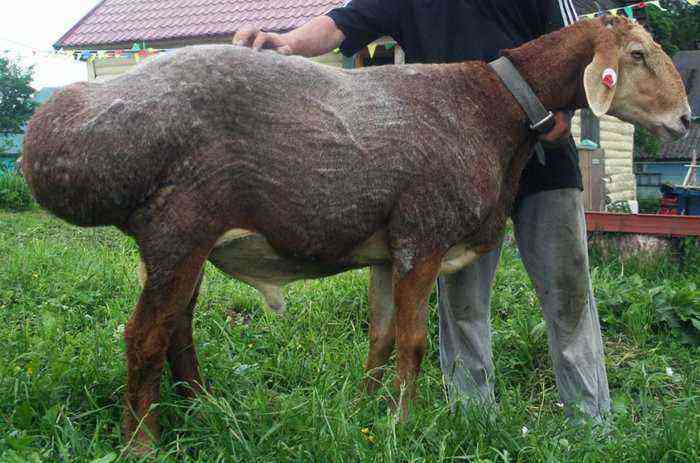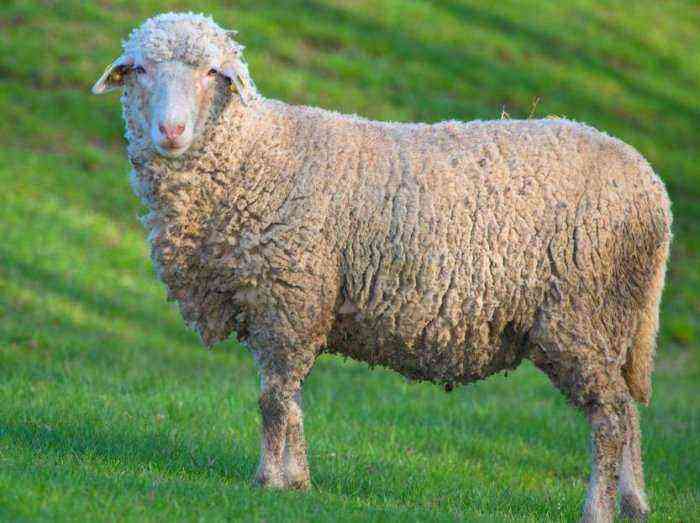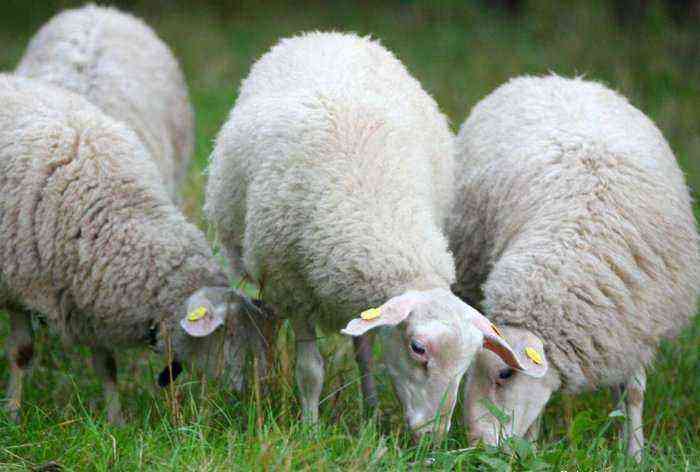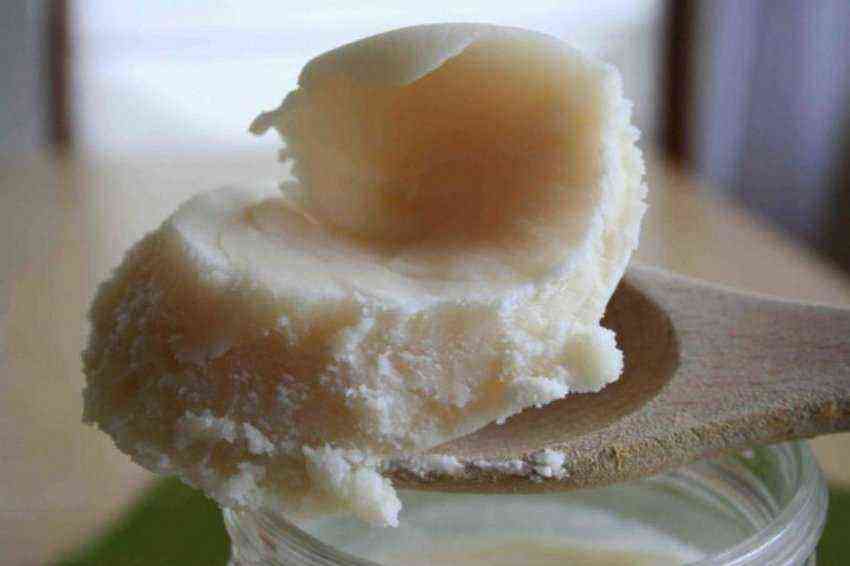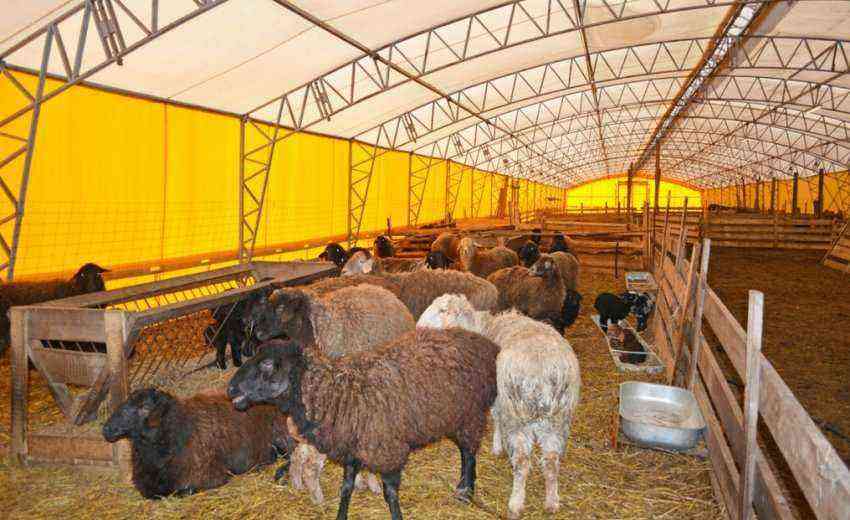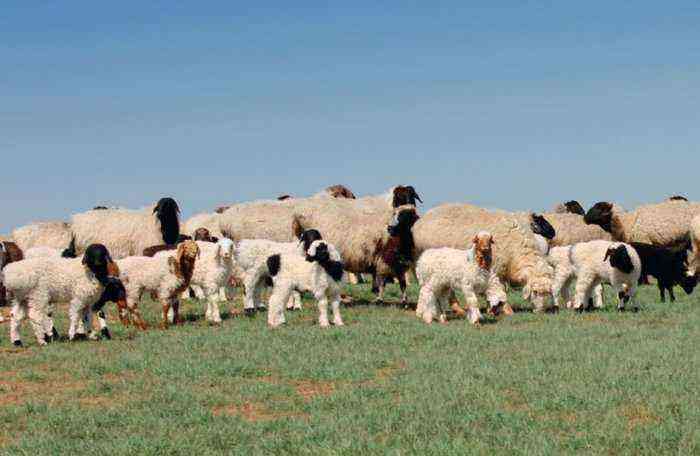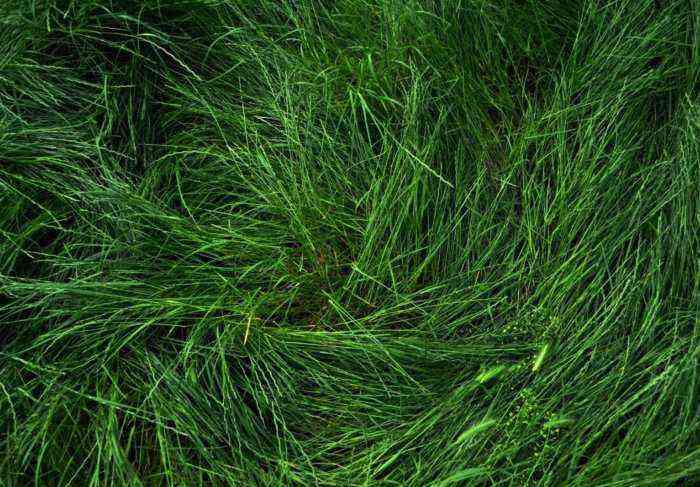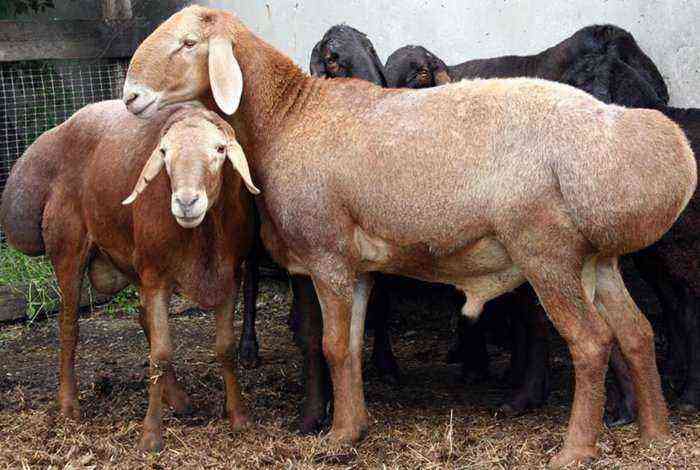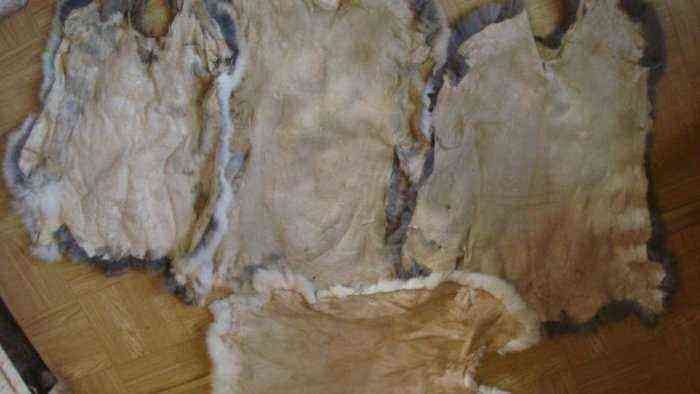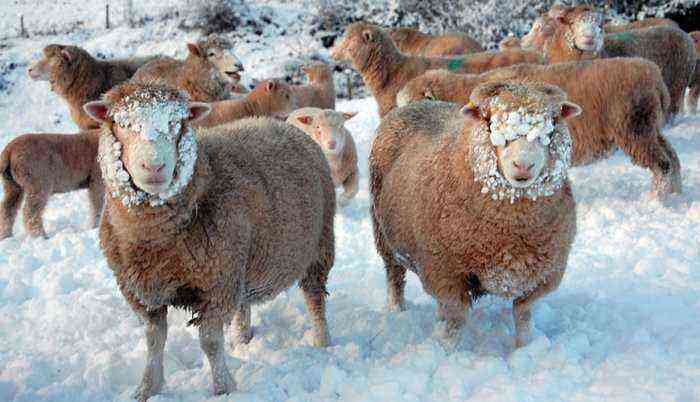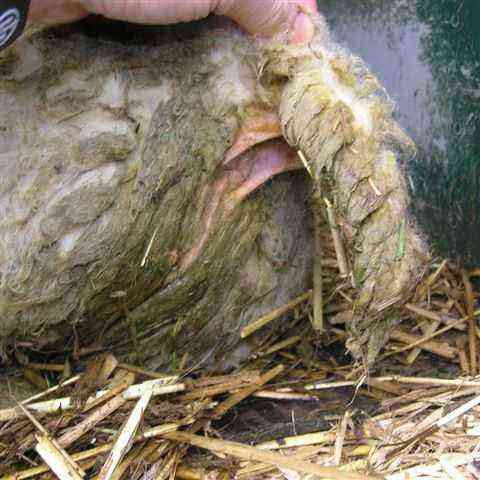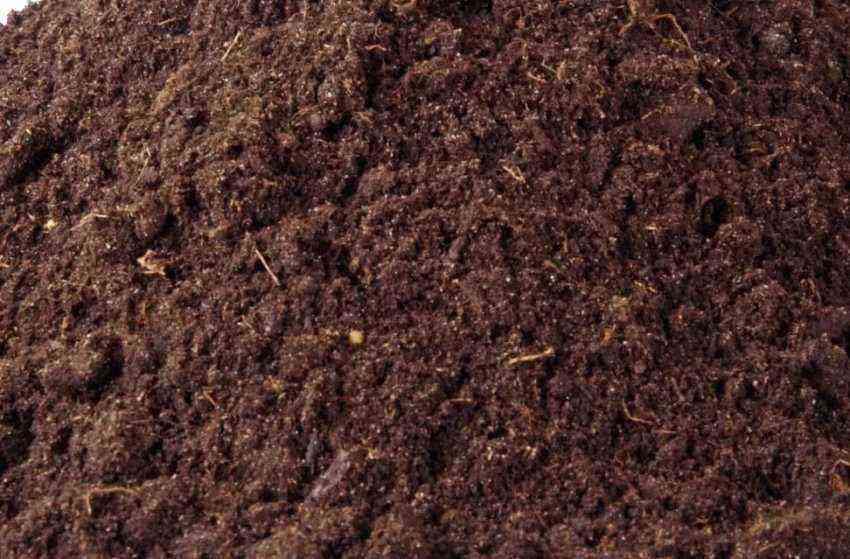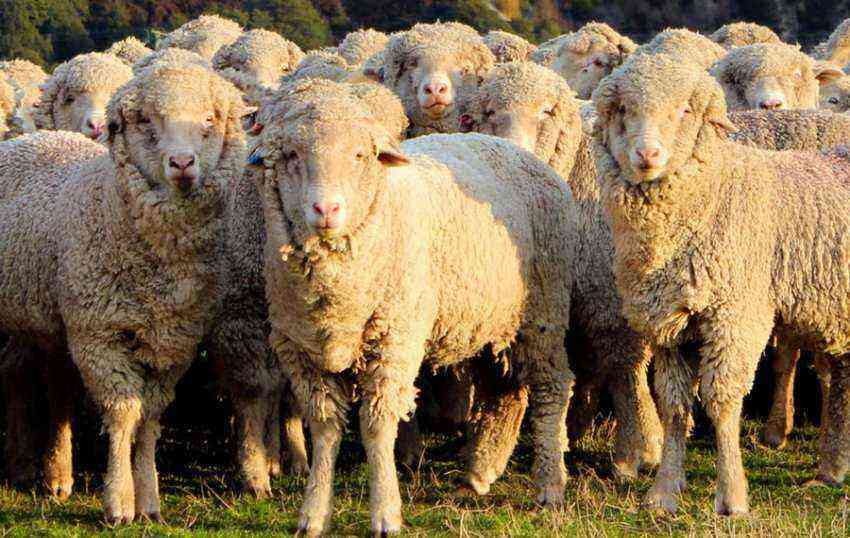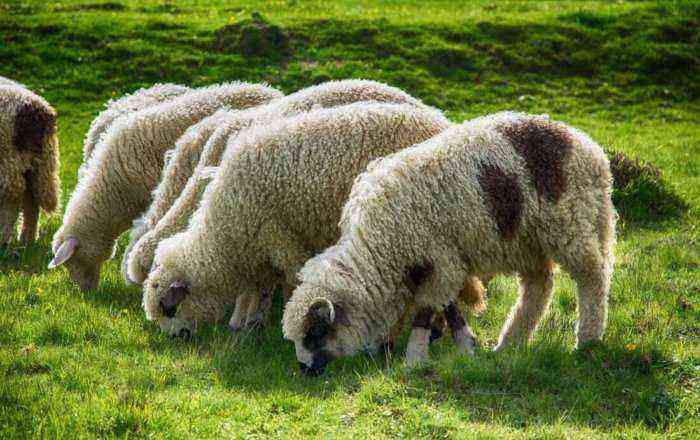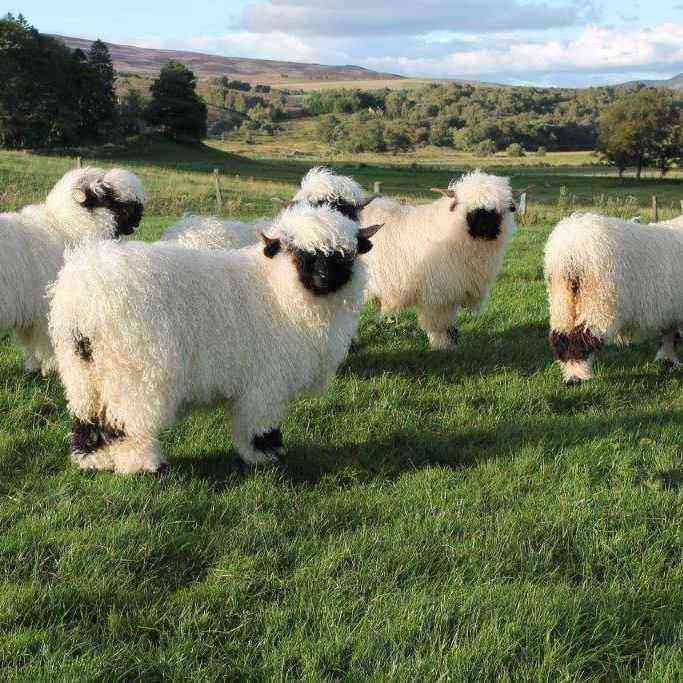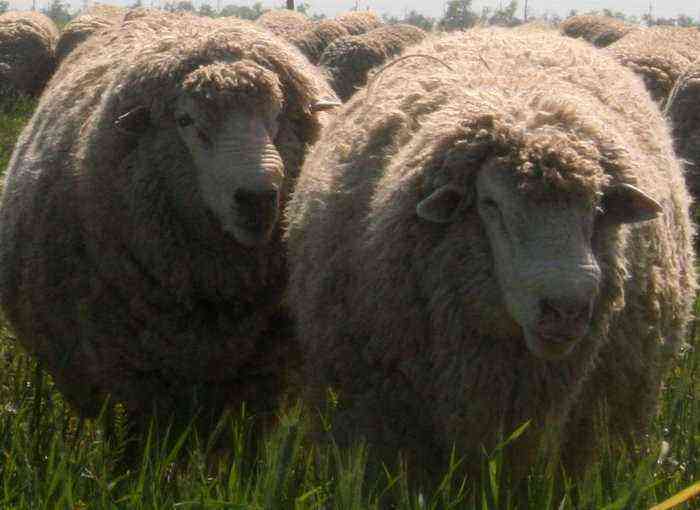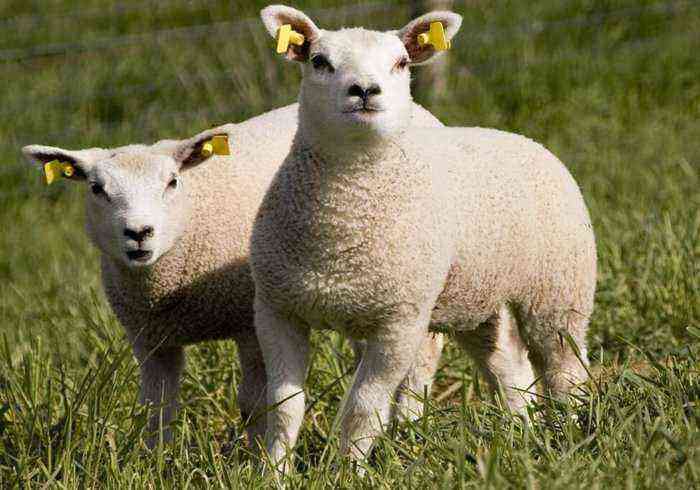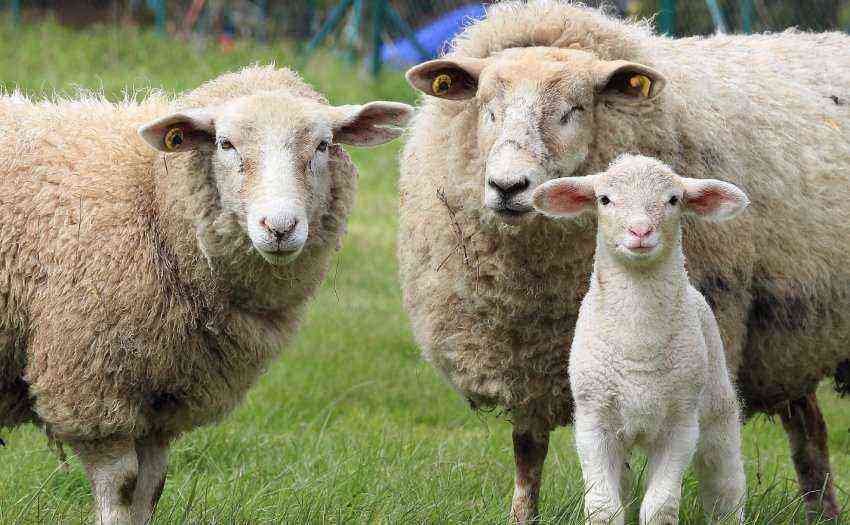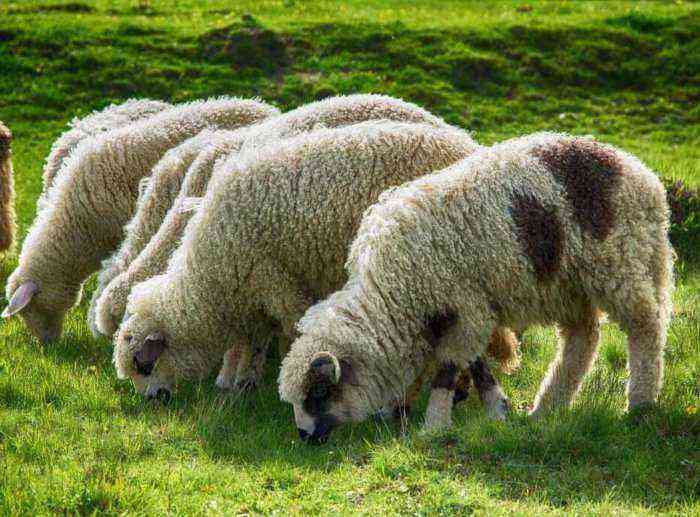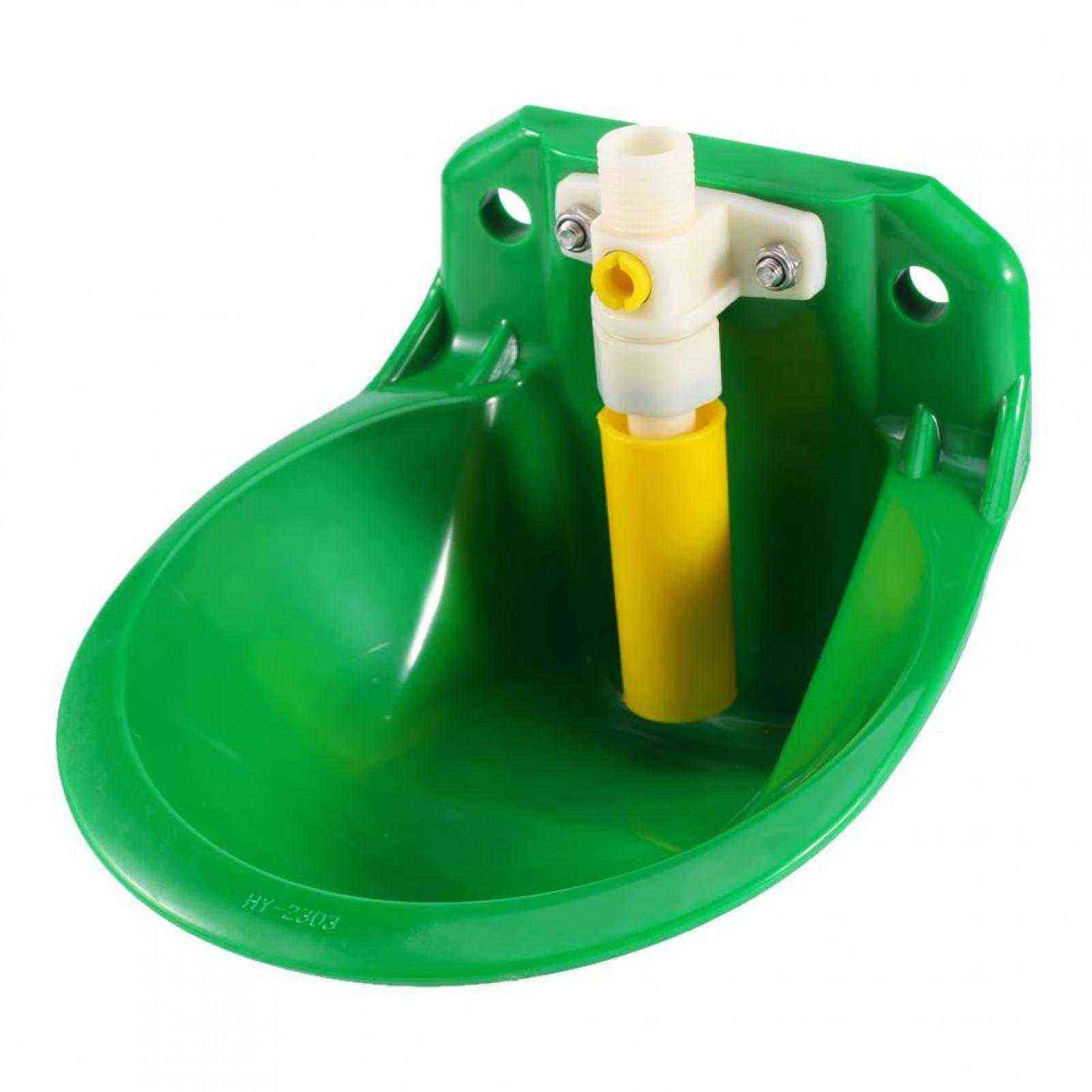Coarse-wooled breeds of sheep are distinguished from other varieties by the fact that their coat consists of several types of hairs. It consists of an awn, intermediate hair and fluff, which is responsible for containing heat. In general, such a fleece is extremely tough and is rarely used for the production of clothing. The coarse-haired category of animals includes several types of sheep at once. Moreover, each of them is highly valued for the production of various items of clothing and accessories made of wool.
Rough-haired breeds of sheep
Meat-greasy sheep
Coarse-haired breeds of meat and greasy direction are often grown in regions with severe climatic conditions. This is facilitated by the high endurance of animals and the adaptability of the body to excessively high and low temperatures.
The main feature of such sheep is the fat tail – a special fat sack, which is located at the end of the back. It is used by animals to store nutrients, vitamins, minerals and water in case of lack of proper nutrition. The weight of education often reaches 25-30 kg.
In addition to a large fat bag, animals of this species are also distinguished by the following exterior features:
- strong legs;
- lack of horns;
- a pronounced hump in the region of the shoulder blades;
- relatively large weight.
Meat-greasy coarse-haired breeds are bred mainly for meat and sheep’s milk. Their wool is not suitable for use in production. It consists only of an awn, a thin fur layer and dead dry hairs. All this makes the fur rough and unpresentable in appearance.
From this category, the three most popular varieties of sheep are grown in domestic open spaces:
- Гиссарская.
- Edilbaevskaya.
- Saradzhinsky.

Hissar breed
Hissar sheep
The Hissar breed was bred on the territory of Tajikistan and Uzbekistan. Its representatives are distinguished by especially large weight. The mass of an adult ram reaches 150 kg. Also, some breeders have registered animals weighing 190 kg. At the same time, the growth of the animal is 85-87 cm. Females, as a rule, do not grow more than 80-110 kg. And their height at the withers is 80-82 cm.
In addition to a large fat tail, which in this breed can weigh 32 kg, Hissar sheep are also distinguished by a small head, long neck, slender, strong limbs. Wool does not differ in special qualities. It is not used in clothing production, but only for the manufacture of felt mats. The prevailing color in living creatures is brown. But, black and dark red individuals are also not uncommon.
Among the advantages of the pedigree line is the precocity of the young. Already by the time the lambs are weaned from their mother, their weight is 45-65 kg.
Reference. On the territory of Russia, such animals are practically not bred. They can be found only in a few farms.
Edilbaevsky
Edilbai appeared and are bred on the territory of Kazakhstan. They are only slightly inferior to the Gissar in weight. Sheep at the age of one reach a weight of 90-100 kg. In the future, it can increase to 120-145 kg. Adult sheep grow up to 90-110 kg. The growth of an adult male reaches 85 cm at the withers.
Edilbaevsky sheep are bred, mainly for meat. This is facilitated by high taste qualities of products and precocity of living creatures. The average slaughter yield of meat products is 55%. In terms of weight, this is 40-45 kg of meat from an adult male. Also, up to 10-12 kg of sheep fat is obtained from it during slaughter.
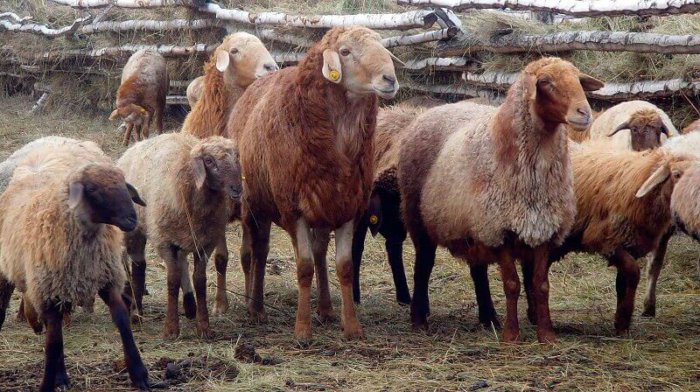
Edilbai
But, the wool of the breed also enjoys a certain value. It is widely used in the production of carpets, as well as in light industry. On average, up to 3 kg of wool can be collected from one ram per year. At least 2-2,5 kg are sheared from young larks.
Distinguishes the breed line among others and significant milk productivity. On average, a ewe gives 124-164 liters of milk per year. But in some cases, record values u185buXNUMXbof XNUMX liters were recorded.
As for the fecundity of edilbaevs, it ranges from 115 to 130%. That is, only 15-30% of the representatives of the herd give birth to twins.
Saraja breed
The wool of the Saraja sheep is already more suitable for production purposes. It is distinguished by an average downy layer, and there are much fewer dead dry hairs in the total mass than in the first two varieties. The color of such wool can be white or gray.
Saraja cattle show quite high productivity rates. The average weight of a ram is 100 kg. In females, it does not exceed 70 kg. At the same time, the carcasses of such animals suggest a slaughter yield of at least 50-60%.
The productivity of sheep in terms of wool is 4-4,5 kg of raw material for one annual shearing. For sheep, this value is reduced to 3,5 kg. Shearing wool is carried out twice a year. At the end of its processing, the owner of the livestock receives about 60-70% of pure products.
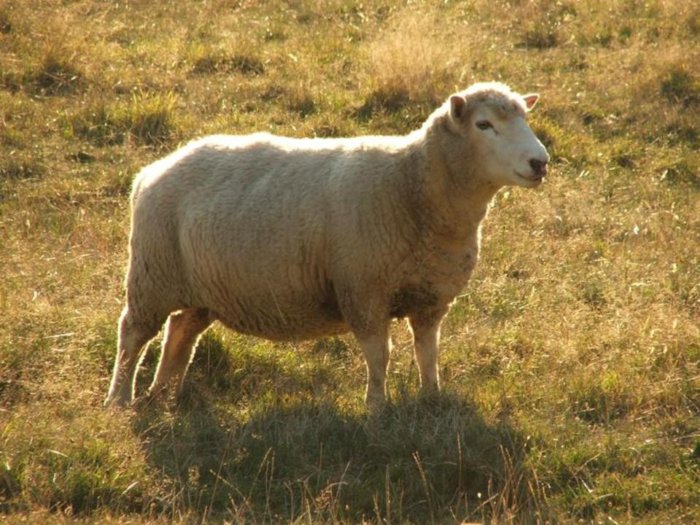
Saraja cattle
Turkmenistan is considered to be the birthplace of Saraja small cattle. On its territory, sheep are still very popular. Also, a certain number of animals are bred in Russia in the Altai Territory and the Orenburg Region.
Meat-wool-milk varieties
Such a universal type of sheep is grown in the Transcaucasus and in the mountainous regions of the North Caucasus. The mountainous terrain and the corresponding climate made such animals hardy and well adapted to any climatic conditions.
Livestock is bred to obtain high-quality meat, which is distinguished by tenderness and pleasant taste. Sheep wool is also highly valued, which in its structure is already closer to semi-coarse. Milk is highly valued for its nutritional value and taste. In comparison with sheep of other pedigree lines, the milk productivity of this one is at a very high level.
The most popular representatives of this group of coarse-wooled sheep include:
- Tushino variety.
- Balbas.
Tushino sheep
Tushino sheep were bred in Georgia. The history of the breed line dates back to the 13th century, and it was named after the Tushins, one of the nationalities of the country, whose representatives bred the breed.
The dimensions of such animals are average. The mass of a ram usually does not exceed 70 kg. The weight of the bright comes up to 35-45 kg. Among other breeds, this is distinguished by the following physique features:
- strong skeleton;
- straight head of small size;
- strong limbs;
- wide chest;
- horns are well developed only in rams, in females they are often completely absent.
Another characteristic feature of the exterior of the Tushino sheep is a fat tail. Due to the accumulation of fatty tissues in the tail area, a special pillow is formed in such animals, which outwardly looks like a continuation of the back.
The wool of such living creatures in length reaches from 15 to 25 cm. Soft fluff occupies the main place in its structure. It makes up from 45 to 75% of the total hairline. The downy layer is complemented by the awn and transitional hair. The coat is usually white in color. Also, the presence of black or red spots on the body is considered the norm. More than 4 kg of fleece is sheared from one ram, and about 3 kg from a sheep. It is used for the production of various fabrics and carpets.
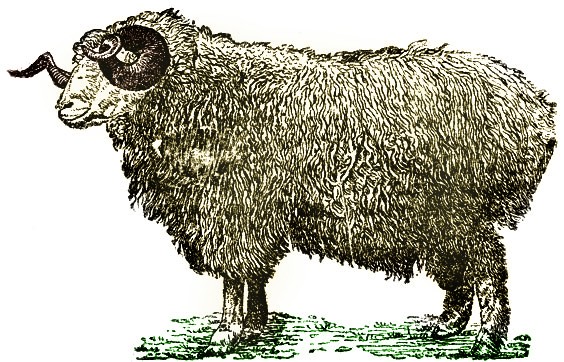
Tushino sheep
The slaughter yield of meat from the total carcass is 45-47%. It is distinguished by the absence of a third-party aroma and a delicate texture. The milk productivity of cattle for the lactation period is 70 kg. It is used for making cheese and cottage cheese.
The advantages of such sheep include high endurance and a strong constitution, and low fertility comes to the fore among the shortcomings. For every 100 queens, there are no more than 115 lambs.
Balbas
Balbass are natives of Armenia and Azerbaijan. The breed to this day is one of the most popular in the Transcaucasus. The meat-wool-milk direction of productivity in the pedigree line developed purposefully through many years of selection.
Balbas have rather small uteruses. Their weight is from 55 to 60 kg. The weight of the male reaches 100-105 kg. The constitution of animals is strong. It assumes a well-developed skeleton, a straight back, a deep chest. The limbs of the Balbas are strong and distinguished by strong hooves. In the tail area there are two fat pads of different sizes at once. In connection with the development of milk productivity of the queens, they have a well-formed udder.
The wool of such cattle is wavy braids, the length of which reaches 18 cm. The composition of the fleece is more uniform than that of tushins. The down is slightly coarser and the awn is softer than other varieties. The suit is usually white or light gray. Sometimes the uniformity of color is disturbed by gray, white or red spots.
The productivity characteristics of the breed are as follows:
- Up to 1,8 kg of fleece is collected from the uterus in one year. The amount of wool from one ram is 3-3,5 kg. After processing, about 60% of the original volume remains. The collected fleece is used for the production of worsted fabrics and carpets.
- The slaughter yield of meat products is 45%, less often 50%. Meat products are soft and odorless.
- Milk productivity is, on average, 130 kg per season.
- The fecundity of sheep is 110-120 young animals for every 100 queens. Lambs manage to gain weight of 25 kg in the first 4 months of life.

Sheep breed Balbas
In Azerbaijan and Armenia, such herds are kept exclusively by the pasture-stall method. Animals are perfect for him. Balbas are also grown in Turkey and Iran.
Smushkovo-milk
Smushkovo-milk small horned cattle are bred mainly for getting smushkas. This word refers to the skins of 2-3 day old young sheep, which are distinguished by especially soft and uniform wool. The value of such products lies in the fact that the curls of wool on the skin straighten out with the age of the animal, and the fleece itself becomes discolored.
The secondary productive qualities of such breeds are high milk yield and average meat yield from carcasses.
Two of the most popular breeds in this direction are:
- Sokolskaya.
- Karakulskaya.
Sokol variety
The breed originates from the Karakul and some Ukrainian native varieties of sheep. She was taken out on the territory of today’s Poltava region. These animals are small in size. The mass of queens is from 36 to 40 kg. The weight of a ram reaches the mark of 50 kg.
The annual shearing of wool from a ram is 3,5 kg. From the uterus you can get no more than 2,1 kg. The fleece has a different texture. It may suggest small or large waviness, the presence of braids. The color of such cattle is predominantly gray with various shades. Sometimes black-furred lambs are also born. Smushki are used to make coats, soft collars, and hats. The fleece of adults is used to make felt and felted shoes.

Falcon breed
As for milk productivity, in Sokol sheep it reaches 75-80 kg per lactation. The fat content of the product is 8%. Because of this, it is used exclusively for the production of sheep cheese. The fertility of the breed is 125%.
The main livestock breeding area is the Poltava and Dnieper regions of Ukraine, as well as the southern regions of Russia.
Karakul sheep
Astrakhan lambs are considered to be the best in the world. Reliable facts about the origin of the breed have not been preserved, but most researchers agree that it originates in Central Asia. Today they are actively bred in Uzbekistan and Turkmenistan.
Such animals do not grow very large. In an adult ram, the weight is 70-80 kg. The uterus does not go beyond the mark of 45-50 kg. The following points are characteristic of the appearance of living creatures:
- straight back;
- small head;
- wide and short neck;
- strong skeleton;
- fat pad in the tail area.
Horns are developed only in rams. Queens are characterized by complete polledness.
In sheep of this breed, the woolen cover is soft only in the first couple of months of life. Further in the process of growth, it coarsens and partially loses its luster. The color of 80 born lambs out of 100 is black. The remaining 20 divide the brown, dark gray and variegated suit among themselves. But, whatever the color of the rune, with the age of the animal, it becomes discolored. It is possible to determine its original coloring only by the remaining spots on the head and legs.
Productivity in terms of obtaining wool from such living creatures is also quite high. For a year, approximately 2,5-3 kg of fleece is sheared from one male. A maximum of 2,5 kg is obtained from the uterus. The breed is also valuable because of its milk. During the lactation period, the animal produces from 55 to 65 liters of fat milk. Adults are often slaughtered for meat. It is tender in Karakul cattle and has a minimal fat layer.
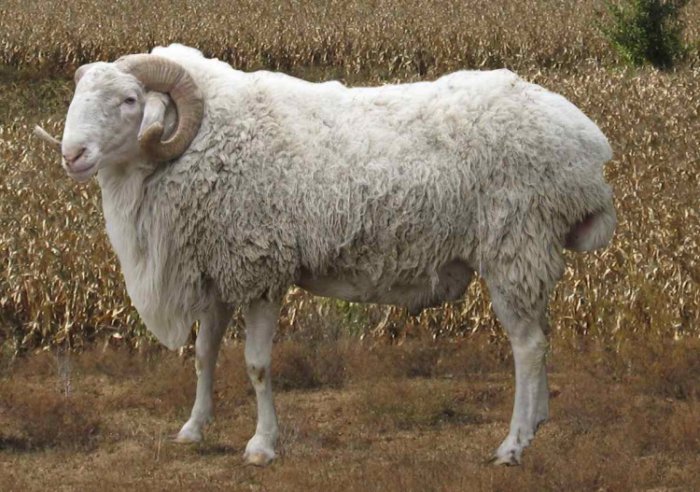
Karakul cattle
The fertility of Karakul queens is 120%.
The fleece of the coarse-wooled sheep suggests an average value in the production of clothing and accessories. It is more often used for the production of carpets, coarse fabrics, shoes made of wool. A special fraction of this wool allows you to achieve good strength and wear resistance of products. But, these breeds of small cattle more than cover the lack of the proper quality of the hairline with a significant slaughter yield of tender meat and high milk productivity.
